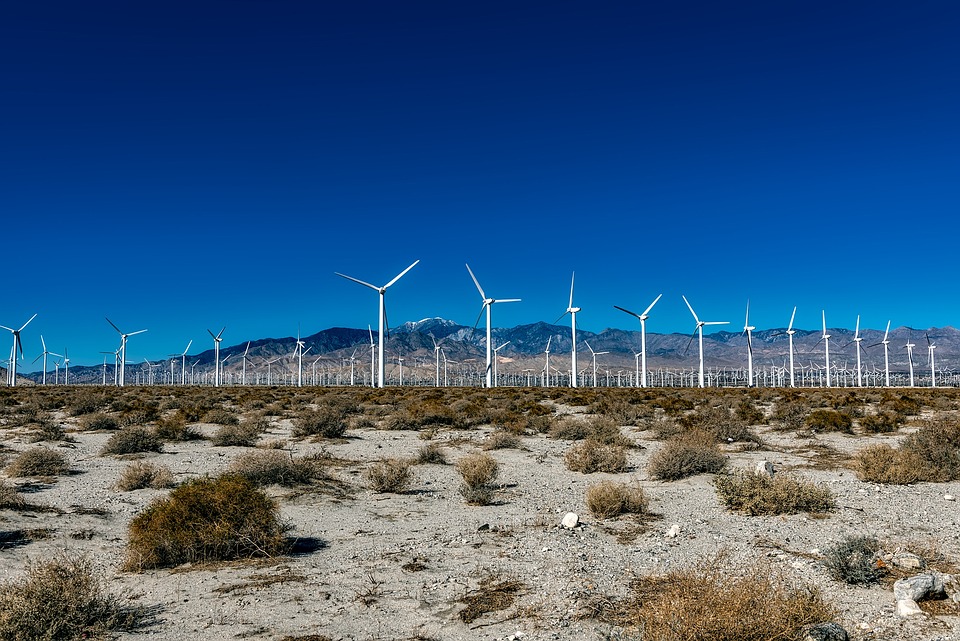What Is the Climate Like in Ghana?
Ghana, located in West Africa and bordered by the Gulf of Guinea, has a tropical climate characterized by warm temperatures and distinct wet and dry seasons. Understanding Ghana’s climate is essential for various activities, including agriculture, travel, and daily living.
Overview of Ghana’s Climate Zones
– Tropical Climate: Ghana experiences a warm and humid climate throughout the year, with variations across different regions.
– Savanna and Rainforest Zones: The country features diverse climate zones, ranging from coastal rainforests in the south to savanna in the northern regions.
Seasonal Climate in Ghana
– Rainy Season (April to October):
– The main rainy season occurs from April to October, with particularly intense rainfall in the southern and central regions.
– The Intertropical Convergence Zone (ITCZ) plays a crucial role by bringing moisture that drives seasonal rainfall.
– Rainfall varies: southern areas experience heavy rains while northern regions have shorter rainy periods.
– Dry Season (November to March):
– The dry season is marked by minimal rainfall, clear skies, and lower humidity levels.
– Harmattan winds from the Sahara Desert contribute to dry conditions, especially in northern Ghana.
– Temperatures are slightly cooler in the south due to ocean influences, while northern areas tend to be hotter.
Temperature and Humidity Patterns
– Consistently Warm Temperatures: Average temperatures range between 25°C to 32°C (77°F to 90°F) year-round.
– High Humidity in Coastal Areas: Coastal and forest zones experience high humidity, particularly during the rainy season.
– Seasonal Temperature Variations: Northern and inland areas are typically warmer than coastal regions, which are moderated by the Atlantic Ocean.
Regional Climate Variations in Ghana
– Coastal Climate (Accra and Gulf of Guinea): Moderate temperatures with high humidity; experiences two rainy seasons (mainly May-June and a lighter season in September-October).
– Forest Zone (Kumasi and Ashanti Region): Characterized by heavy rainfall and lush vegetation, supporting agriculture like cocoa production.
– Northern Savanna (Tamale and Northern Regions): Hotter and drier with a single rainy season; experiences pronounced dry season effects.
Impact of Climate Change on Ghana
– Rising Temperatures: Increasing heat affects agriculture, water availability, and energy demand.
– Inconsistent Rainfall and Flooding: Changes in rainfall patterns lead to more intense rainfall events and occasional flooding.
– Increased Drought in Northern Ghana: Drought conditions impact agriculture, especially in savanna regions, affecting food security.
Best Times to Visit Ghana Based on Climate
– Dry Season (November to March): This period is ideal for travel due to lower humidity and clearer skies, making it perfect for visiting cultural sites and wildlife reserves.
– Late Rainy Season for Lush Scenery: Visiting during August or September offers lush landscapes and cultural festivals, although rainfall is more frequent.
FAQs
– What is the hottest month in Ghana? April is typically the hottest month with maximum daytime temperatures reaching around 32°C.
– How humid is Ghana? Humidity levels are generally high throughout the country, particularly along the coast.
– Does Ghana experience extreme weather like hurricanes? Ghana does not typically experience hurricanes but can face flooding during heavy rains.
– What is the Harmattan season? Harmattan refers to dry winds from the Sahara that occur during the dry season, usually from late November to March.
– How does climate change affect agriculture in Ghana? Changes in temperature and rainfall patterns threaten agricultural productivity and food security.
Conclusion
Ghana’s tropical climate features significant regional variations from coastal rainforests to dry savanna. Understanding these climatic conditions is vital for effective travel planning, agricultural practices, and adapting to climate change challenges.

Kyle Whyte is a notable scholar and professor at the University of Michigan, holding positions such as the George Willis Pack Professor in the School for Environment and Sustainability and Professor of Philosophy. Specializing in environmental justice, his work critically examines climate policy and Indigenous peoples’ ethics, emphasizing the nexus between cooperative scientific endeavors and Indigenous justice. As an enrolled Citizen Potawatomi Nation member, he brings a vital perspective to his roles as a U.S. Science Envoy and member of the White House Environmental Justice Advisory Council. His influential research is supported by various prestigious organizations including the National Science Foundation, and disseminated through publications in high-impact journals. Kyle actively contributes to global Indigenous research methodologies and education, with affiliations to numerous institutes and societies dedicated to traditional knowledge and sustainability. Recognized for his academic and community engagement, Kyle has earned multiple awards and served in various visiting professorships. His efforts extend to leadership positions on boards and committees focused on environmental justice nationwide.
